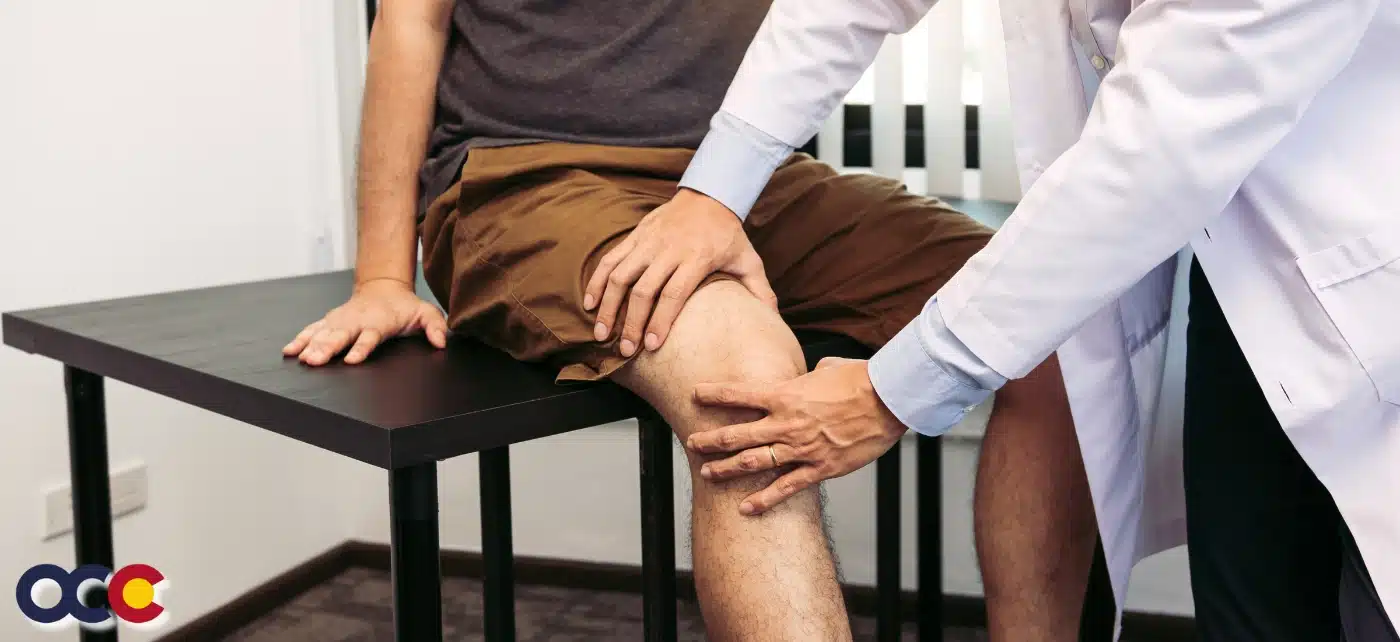If you’ve been living with knee pain because a knee replacement seems overwhelming, it may be time to revisit the idea of a Total Knee Replacement (TKR). Also known as Total Knee Arthroplasty (TKA), the procedure has seen several advancements in recent years.
As with many medical procedures, technology and research have allowed for significant improvements in surgical techniques, materials, and post-operative care. Here’s how these changes are helping more patients have the best possible outcomes:
1) Less Invasive Techniques for a Total Knee Replacement
There are several new techniques that are less invasive than those of the past. They include:
- Minimally Invasive Surgery: You probably know someone who has a long scar (or scars!) on either side of their knee. Large incisions were traditionally required for many types of knee surgery. Today, TKRs can be done with a smaller incision, which can lead to faster healing, less post-operative pain, and shorter hospital stays.
- Computer-assisted surgery: This approach enables your surgeon to use computer-guided navigation to ensure precise technique and alignment of the knee joint components. Precise alignment can potentially lead to a longer-lasting knee joint.
- Robot-assisted surgery: Robots, such as the MAKO system, have gained popularity in orthopedic surgeries and can provide even greater precision in placing and aligning the knee joint components.
2) Improved implant materials and designs
Newer materials and designs can better mimic natural knee movement and potentially increase the lifespan of the prosthetic joint. Modern implants are made up of several different materials and are expected to last between 15-20 years. Because these materials last longer, more individuals may be considered good candidates for TKR at a younger age than before.
3) Better pain management
During a total knee replacement procedure, surgeons are now able to use localized pain management, such as spinal anesthesia, an epidural, or other injection. Previously, joint replacements required general anesthesia, which is typically more complicated to administer and recover from. Local pain management has fewer side effects – such as nausea and vomiting – too.
After surgery, TKR patients will inevitably have some swelling and pain, but there are more effective ways than ever to manage pain after your procedure. The use of regional nerve blocks, spinal blocks, multimodal pain management techniques, and long-acting local anesthetics have improved post-operative pain control, which can also help people get moving more quickly.
This can lead to faster recovery, less time in the hospital, and reduced reliance on opioid medications. If you have nerve pain, your provider might recommend use of a transcutaneous electrical nerve stimulation (TENS) unit, which stimulates blood flow and reduces pain through an electrical current to the skin.
4) Progressive recovery protocols and postoperative support
Years ago, it was common for patients to stay in the hospital for several days post-surgery. Now, many patients can be discharged within a day or two, or even undergo an outpatient knee replacement, returning home the same day. Even if you stay in the hospital overnight, your surgeon will want you up and moving very soon after surgery.
Physical therapy, which is essential for regaining strength and mobility, also begins soon after surgery and often continues for weeks or months. Some rehabilitation protocols have also seen enhancements through the use of telemedicine, allowing patients the convenience of consulting with physical therapists remotely. Top orthopedic surgeons support patients through a comprehensive rehabilitation plan and follow-up program to deliver the best outcomes.
A total knee replacement is still a major surgical procedure, but it can also be a major milestone on the road to pain-free mobility and a more active life. On average, full recovery can still take several months, but many patients start to feel pain relief in a matter of weeks and can resume daily activities within 4-6 weeks. The basic principles that made total knee replacement an important treatment option to begin have remained consistent, but refinements in surgical techniques, prosthetic materials, pain management, and rehabilitation have improved the patient experience, reduced complications, and even extended the lifespan of the implants. In short – the total knee replacement of today may not be what you thought it was. If you’re considering a total knee replacement, it’s a great idea to discuss the most up-to-date surgical options with your orthopedic surgeon. Talk to the total knee replacement experts at OCC Advanced Orthopedic & Sports Medicine Specialists today.

















